A Moveable Feast
eBook Details
| Title: | A Moveable Feast | ||||||
| Author: |
|
||||||
| Published: | 1964 | ||||||
| Publisher: | Charles Scribner’s Sons | ||||||
| Tags: | autobiography, non-fiction | ||||||
| Description: | Begun in the autumn of 1957 and published posthumously in 1964, Ernest Hemingway’s A Moveable Feast captures what it meant to be young and poor and writing in Paris during the 1920s. A correspondent for the Toronto Star, Hemingway arrived in Paris in 1921, three years after the trauma of the Great War and at the beginning of the transformation of Europe’s cultural landscape: Braque and Picasso were experimenting with cubist form; James Joyce, long living in self-imposed exile from his native Dublin, had just completed Ulysses; Gertrude Stein held court at 27 Rue de Fleurus, and deemed young Ernest a member of une generation perdue; and T.S. Eliot was a bank clerk in London. It was during these years that the as-of-yet unpublished young writer gathered the material for his first novel The Sun Also Rises, and the subsequent masterpieces that followed. |
||||||
| Format: | |||||||
| Pages: | 95 |
Hemingway, Ernest:
Ernest Hemingway (1899-1961) was an American writer of novels and short stories. Born in Chicago, he was grew up in the prosperous suburb of Oak Park. Excelling in English at school, he became a junior reporter for the Kansas City Star. In 1918 he joined the Red Cross and experienced the horrors of World War I on the Italian Front where he was badly wounded. Returning home, he briefly worked in Toronto for the Toronto Star before returning to Europe with his first of four wives. He reported on several conferences and his struggles to survive and the people he met are chronicled in his book, “A Moveable Feast”. During this era he also published a collection of short stories: “Men Without Women” and a novel, “The Sun Also Rises”. These books cemented his reputation as a writer.
Travelling back and forth between Europe and North America, he lived life large with bouts of drinking, brawling, bullfighting and big game hunting. “Death in the Afternoon” relates some of his bullfighting experiences and “The Green Hills of Africa” recalls his hunting trips in the jungle.
His most famous novels such as “The Old Man and the Sea” and “A Farewell to Arms” helped him win the Pulitzer Prize in 1953 and the Nobel Prize for Literature in 1954. All of this was overshadowed by bouts of depression which he suffered throughout his life and which led to his suicide in 1961.


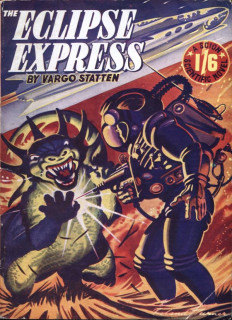

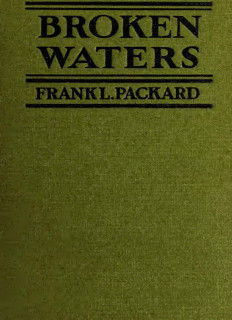









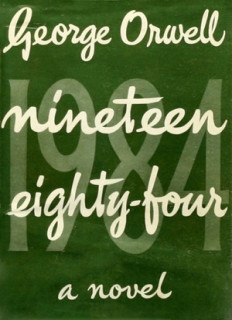
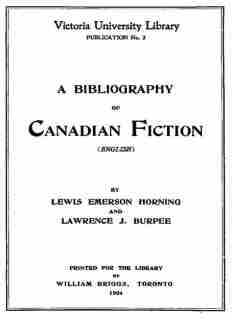



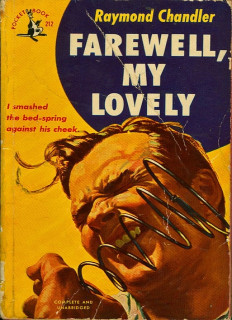











Reviews
There are no reviews yet.